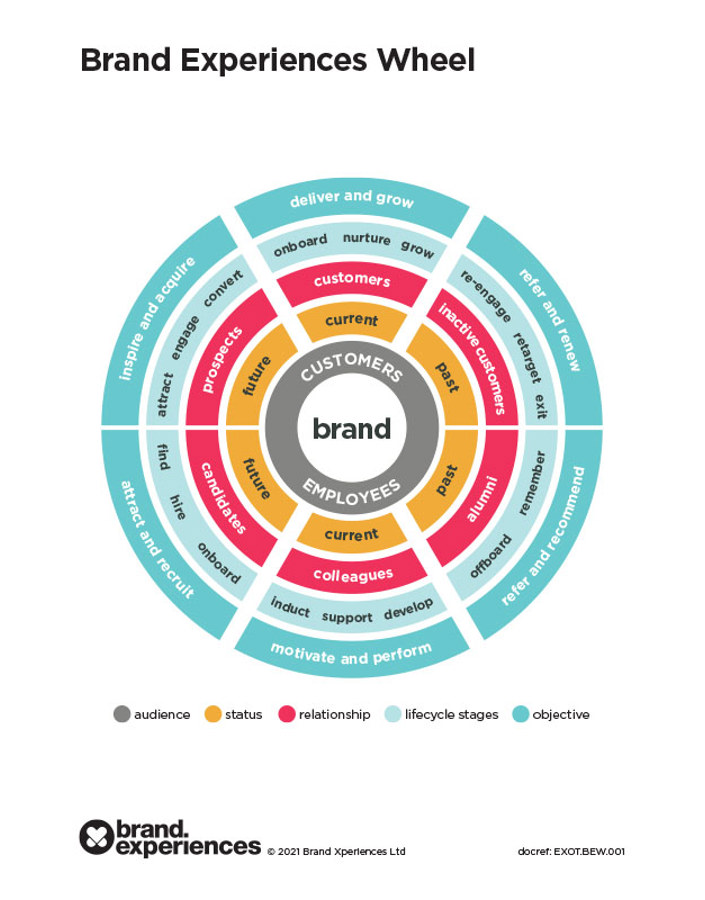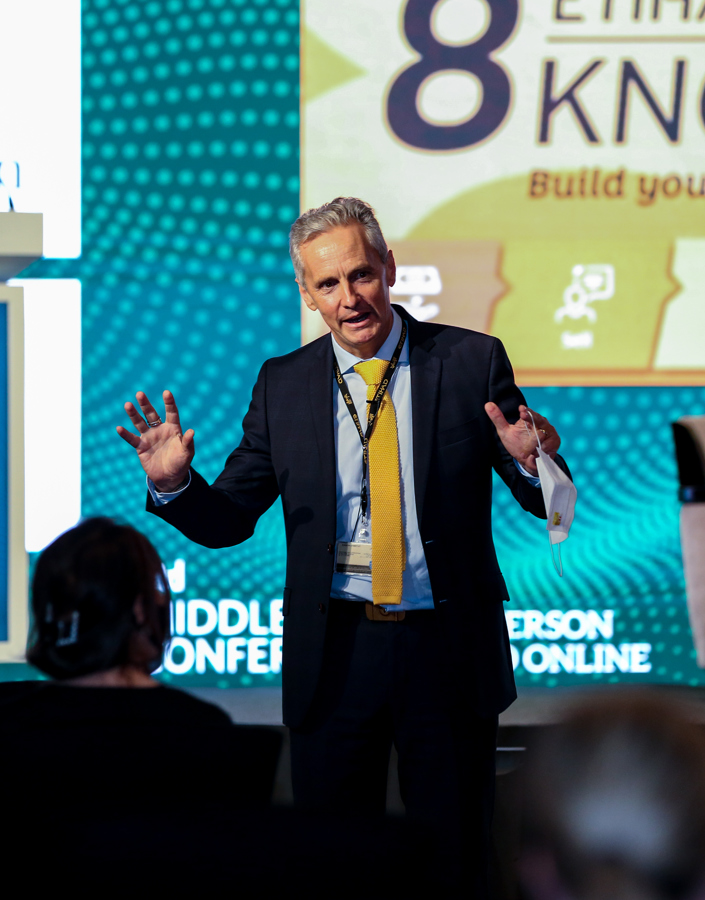
Experience
The employee experience is the entire relationship between employee and employer. It encompasses every interaction and touchpoint at every stage of the Employee Lifecycle.
Overview
There is a wealth of evidence out there that proves that if you focus upon your Employee Experience then this will positively impact upon the bottom line – largely in terms of reducing turnover and sickness and increasing productivity.
- According to a report by the World Economic Forum employees who feel they have a 'low EX' are 4.9 times more likely to 'regrettably leave' than those who feel they have a 'high EX' within a six-month timeframe, and 3.4 times more likely to do so within one year.
- According to Home's ‘The Work Project' 2023 global benchmark of Employee Experience, a poor EX leads to 34% actively looking for a new job and 36% casually looking.
- According to Cezanne HR's report into modern employer-employee relationships only 48% of employees are satisfied in their roles.
- According to the Workday Global Survey 79% of those who said they feel a sense of belonging have no plans to leave their employer.
- According to the Employee Experience Opportunity Survey 2020, 97% of respondents believe that EX has an impact upon productivity.
Despite this evidence, in most organisations, EX just happens. It’s a collection of siloed touchpoints owned by different people, each reflecting the personality of that person. It’s rare that we find an organisation that has an EX strategy, let alone defined Employee Journey Maps, Empathy Maps and Employee Lifecycles. The EX Report finds that just 24% of respondents are mapping experiences. Imagine if you let your CX just ‘happen’? The outcome would be disastrous—the same goes for EX.
And with payroll costs being anywhere from 15% to 50% of revenue, it is important to protect this investment with an employee experience that drives productivity while retaining your top talent and optimising the customer experience. As we often say “EX and CX are two sides of the same coin”.
A great EX is good for everyone:
Employees: who will be more productive and engaged with improved wellbeing and satisfaction.
Customers: who will receive a better service from happy and productive employees.
Organisations: who get the double whammy of better employees and happier customers.
That’s what we call a win, win, win.
EX is good for communities
Another often overlooked factor is that employees have families and are citizens of their local community. If employees are demoralised, then this could have a negative impact upon the communities around them. Conversely, if employees are happy and motivated, then this should have a positive impact upon the communities around them. A positive EX supports many of the UN’s Sustainability Goals.
Our approach
The great news is that you truly don’t need a lot to get going. Just someone to lead on the EX work internally, a senior leader to have overall responsibility for EX, and the buy-in for a selection of employees from across the organisation to form a core EX team. (Much the same as they form a core project team for change initiatives.)
Because we believe that every employee deserves to experience great days at work, we offer a number of free resources and tools to help organisations get started. Including our comprehensive EXO Toolkit.
When you need expert advice or support, we are there to help you build a great EX, by leading you through each of the below vital activities:
Employee Experience Audits
You audit your finances, you audit your stock... but what about your people? When was the last time you went beyond employee surveys to discover how effective your employee experiences are?
Employee Experience Strategies
It’s important to have a clear definition of what you are trying to achieve, and for this you need an EX strategy. We’ve developed a methodology for creating EX strategies called BASICS where we examine your EX from a number of perspectives: Brand – particularly your employer brand and employee value proposition (EVP); Audience – recognising the needs of different employee groups; Stories – the key services your employees deliver; Interactions – the key touchpoints for employees; Content – the processes, policies and knowledge that support the interactions; and Systems – the technology required to support the EX.
Employee Lifecyles
To define the potential scope of your Employee Experience (EX) activities over the long term, the place to start is to define the overall Employee Lifecycle. The Employee Lifecycle encompasses every interaction between an employee and an organisation, which covers a huge number of processes, journeys and experiences.
The Moments that Matter
Moments that Matter are opportunities to surprise and delight an employee and make them feel all warm and gooey towards their employer. These should be peppered throughout the Employee Lifecycle. They may be viewed by some as the ‘soft stuff’ but they really are critical points in the Employee Lifecycle that will have a huge effect on the EX and therefore employee satisfaction.
Employee Journey Maps
Employee Journey Maps are at the heart of the Employee Experience. Undertaking these will ensure as much as possible that you’re offering your employees the best possible experience. And the beauty of them is that as our approach is ‘from the people, for the people’, this will maximise the chances of hitting the right notes with employees and potential employees.
Employee Engagement
According to Engage for Success, Employee Engagement is a workplace approach resulting in the right conditions for all members of an organisation to give of their best each day, committed to their organisation’s goals and values, motivated to contribute to organisational success, with an enhanced sense of their own wellbeing. We can support you in achieving Employee Engagement through delivering initiatives which focus upon the recognised enablers of engagement.











